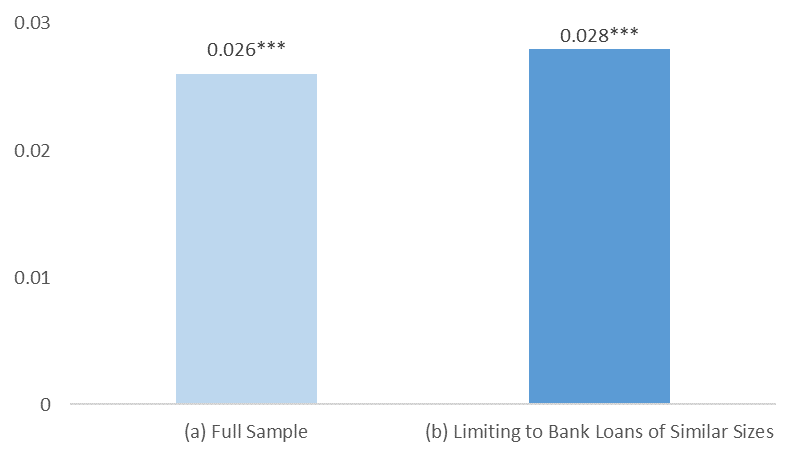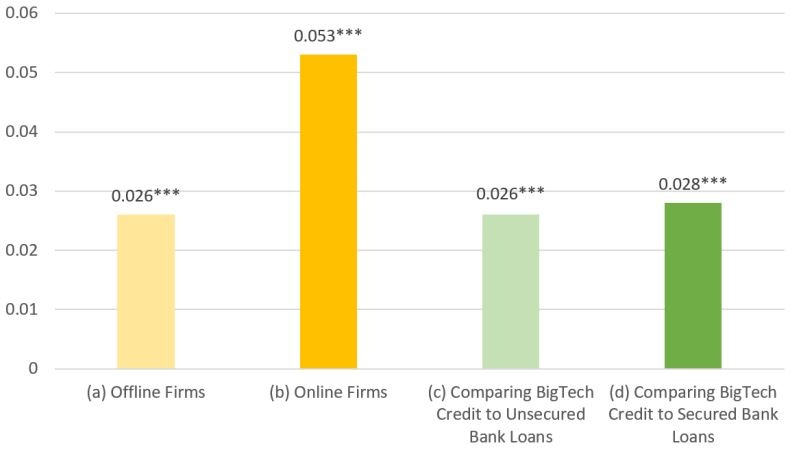References
Adrian, T (2021), “BigTech in Financial Services”, Speech to the European Parliament FinTech Working Group, International Monetary Fund, Washington, DC.
Carstens, A, S. Claessens, F. Restoy, and H. S. Shin (2021), “Regulating Big Techs in Finance”, BIS Bulletin, No. 45.
Chen, K., J Ren, and T Zha (2018), “The Nexus of Monetary Policy and Shadow Banking in China”, American Economic Review, vol 108, pp. 3891–3936.
Elliott, D., R. Meisenzahl, J. Peydró, and B. C. Turner (2019), “Nonbanks, Banks, and Monetary Policy: US Loan-Level Evidence Since the 1990s”, SSRN Working Paper.
Financial Stability Board (2019), “Fintech and Market Structure in Financial Services: Market Developments and Potential Financial Stability Implications.” Financial Stability Board, Basel, Switzerland.
Huang, Y., X. Li, H. Qiu, and C. Yu (2022), “BigTech Credit and Monetary Policy Transmission: Micro-Level Evidence from China.” BIS Working Papers, No 1084.
Lagarde, C (2018), “Central Banking and Fintech: A Brave New World.” Innovations: Technology, Governance, Globalization. vol 12, pp 4–8.
Philippon, T (2016), “The FinTech Opportunity.” NBER Working Paper, No. 22476.








